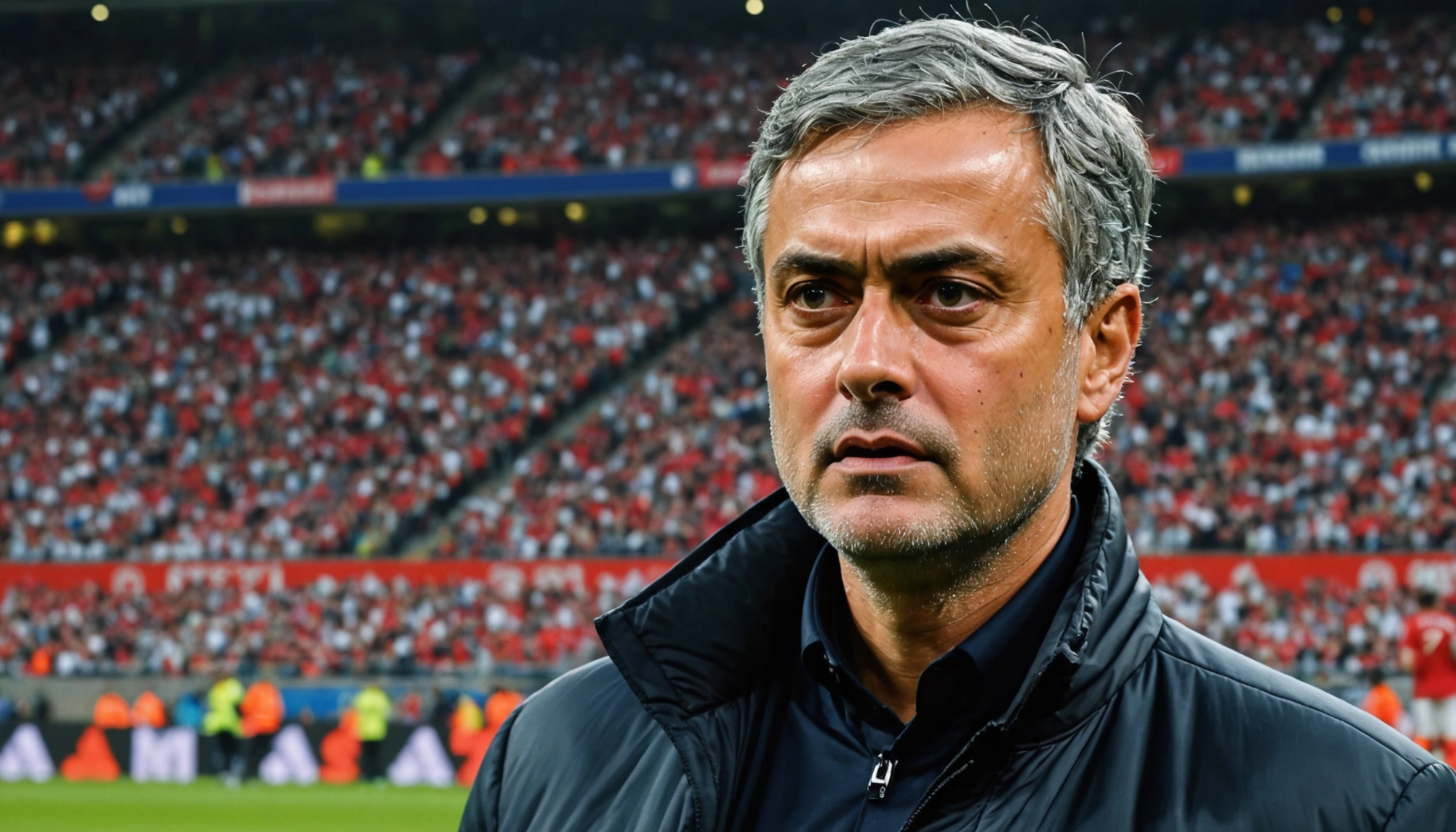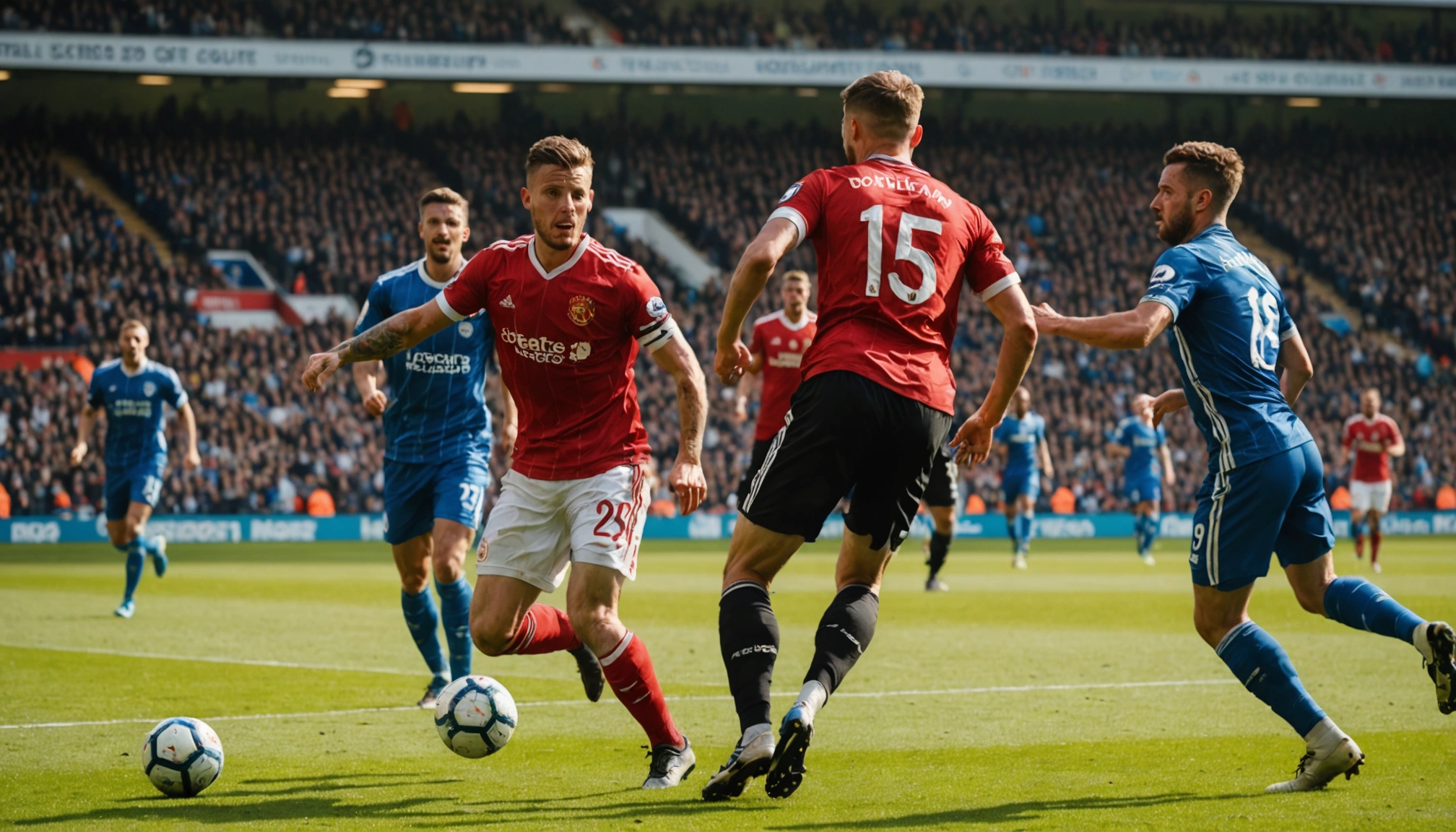How Much Are Tottenham Hotspur Really Worth?
Discover Tottenham Hotspur's estimated £3.5-4bn valuation, what drives it, and how it compares to other Premier League giants in this detailed analysis.

By Editorial
Introduction To Tottenham Hotspur's Valuation
Tottenham Hotspur, one of the Premier League's most iconic clubs, is currently valued between £3.5 billion and £4 billion. This estimate, provided by football finance expert Kieran Maguire, reflects Tottenham's growing commercial strength, state-of-the-art stadium, and strategic location in London. But what exactly makes Spurs worth such a hefty sum, and how does this stack up against other footballing giants? This article delves into the factors influencing Tottenham's valuation and explores the broader football finance landscape.
Factors Driving Tottenham Hotspur's High Valuation
Premier Location And World-Class Facilities
One of the main drivers behind Tottenham Hotspur's valuation is its location. Being based in London provides significant commercial advantages, from sponsorship opportunities to global fan engagement. The club's Tottenham Hotspur Stadium, opened in 2019, is a cutting-edge venue with a 62,850 capacity, one of the largest and most modern stadiums in the UK. This stadium is not just for football; it hosts up to 30 major events annually, including NFL games, concerts, and boxing matches, broadening revenue streams beyond matchdays.
Robust Revenue Streams
Tottenham's revenue is estimated between £550 million and £600 million annually. Maguire highlights that football clubs are often valued by multiplying their revenue by a factor, which varies depending on the club's prestige and growth potential. Chelsea's recent acquisition valued the club at roughly five times its revenue, while Manchester United's latest partial purchase implied a multiple of seven. Applying these multiples to Spurs positions their value between £3 billion and £4 billion.
Commercial Success And Sustainable Business Model
Unlike some clubs burdened by excessive spending, Tottenham maintains a relatively low-cost operating model, which ensures compliance with profit sustainability rules (PSR). This makes Spurs a less risky investment, where future capital is likely to be channelled into strengthening the playing squad and infrastructure rather than servicing debts or covering losses.
Comparing Tottenham Hotspur To Other Top Clubs
When compared to other Premier League giants, Tottenham's valuation is competitive but reflects certain challenges. Chelsea's recent £4.25 billion takeover by a consortium led by Todd Boehly and Manchester United's £4.5 billion valuation under Sir Jim Ratcliffe demonstrate the premium placed on clubs with extensive trophy histories and global fanbases.
While Tottenham boasts impressive matchday and commercial income growth—trebling matchday income and quadrupling commercial revenue since moving to their new stadium—the club's trophy cabinet remains relatively sparse. Their last top-flight league title dates back to the 1960-61 season, which contrasts with Chelsea and Man United's more decorated records. This affects Spurs’ global fanbase size and commercial reach, which often correlate strongly with on-pitch success.
Nevertheless, Spurs benefit from a substantial waiting list for season tickets, showing strong local support and sustained fan engagement. Their investment in infrastructure and facilities also future-proofs the club, making it an attractive prospect for investors seeking long-term growth.
Recent Ownership And Takeover Interest
Recent weeks have seen heightened speculation about Tottenham's ownership future, especially following Daniel Levy's departure as executive chairman after 24 years. Notably, American entrepreneur Brooklyn Earick ruled out a formal takeover bid after Spurs unequivocally rejected an informal expression of interest. Other approaches, including from Amanda Staveley's PCP International Finance and a consortium led by Dr Roger Kennedy and Wing-Fai Ng, were also turned down.
Despite this, Tottenham have firmly stated the club is not for sale, signalling confidence in their current strategy. The rejection of takeover bids may also reflect the owners' valuation expectations, which align with the high figures discussed earlier.
Why Tottenham Hotspur Remain An Attractive Investment
Investors eye Tottenham Hotspur due to several factors:
- Future-proof stadium and facilities: The Tottenham Hotspur Stadium is designed for multiple revenue streams, not just football.
- London location: Access to a global commercial market and diverse fanbase.
- Low operating costs: Spurs maintain financial discipline, reducing risk.
- Growth potential: The club continues to increase commercial and matchday income.
Potential investors can look to Tottenham as a club with solid foundations, strong local support, and significant commercial upside, particularly if on-field success improves.
How Tottenham's Valuation Impacts The Premier League Landscape
Tottenham's financial standing feeds into the wider Premier League ecosystem, where club valuations increasingly influence transfer budgets and competitive dynamics. For example, clubs with higher valuations and revenues, like Manchester United and Chelsea, have leveraged their financial muscle in the transfer market, as detailed in our Premier League And Beyond Key Football Transfers September 2025 coverage.
Tottenham’s ability to invest in playing talent is bolstered by their financial health, which could help bridge the gap to the very top if managed effectively. As football finance evolves, clubs like Spurs that combine infrastructure investment with commercial savvy are well-positioned to compete.
Conclusion: Tottenham Hotspur's Value Is More Than Just Numbers
Tottenham Hotspur’s estimated worth between £3.5 billion and £4 billion reflects a club with impressive commercial growth, world-class infrastructure, and significant future potential. While on-pitch silverware has been limited in recent decades, the club’s strategic assets and market positioning make Spurs a compelling proposition for investors and fans alike.
Understanding this valuation requires looking beyond the trophy cabinet to consider the multi-faceted business Spurs have built — from stadium revenue to global marketing. For those interested in football finance or the Premier League’s evolving landscape, Tottenham offers a fascinating case study in modern club valuation.
For further insights into football leagues and their commercial dynamics, see our Comprehensive Guide To UK And Ireland Football Leagues And Cups, which explores the broader context in which top clubs like Spurs operate.
Related topics
Editorial
Sports expert at SportsScoop
Specialist in sports analysis and journalism
Related articles
Want to read more?
Explore our comprehensive collection of sports articles and analysis, or contact us for more information.



